Porsche Cayenne Diesel - Click above for high-res image gallery
Porsche sells no fewer than seven different Cayenne models in the U.S. All share the same unibody platform and permanent all-wheel drive system, but each is differentiated by its powerplant, brakes, suspension, and accessory list. Whether you are a blasé soccer mom or an exec hell-bent on embarrassing the dude in the sports car at the traffic light, if you're willing to write the check, Porsche has a Cayenne model with your name on it.
The selection is generous, but there is something missing from the mix. As of right now, all North American-bound models have an appetite for premium unleaded fuel. With the price of high-test wavering on the expensive side, Porsche has been diligently engineering hybrid and diesel-powered Cayenne models to significantly reduce pain at the pump.
While the automaker has announced the sale of Hybrid Cayenne next year, it's on the fence about offering the diesel model on this side of the Atlantic. Proudly showing off its latest wares, and teasing us with what we can't have, Porsche let us sample a Euro-spec Cayenne Diesel model... on our own turf.
Visually, you'd lose all bets trying to distinguish a gasoline-fed Cayenne from a diesel-burning model - they're virtually identical to each other. Furthermore, Porsche doesn't go out of its way to slap any special badges, cladding, or eco-friendly identifier on this model. In the flesh, the diesel variant is a carbon copy of its petrol-burning V6 sibling.
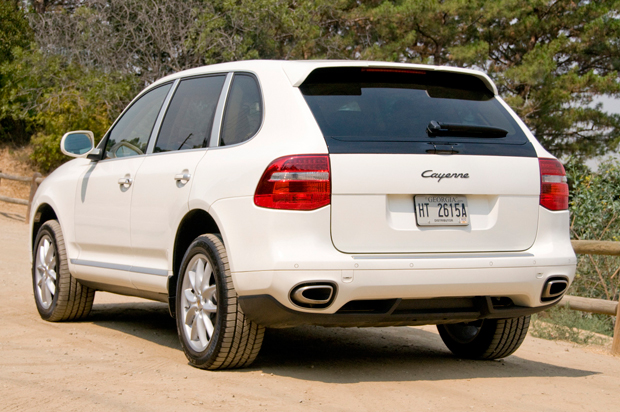
However, pop the hood and it's a different story. Nestled between the front wheels is a turbodiesel V6. Although Porsche doesn't try to conceal its origins, there's no shame in admitting the engine is a slightly re-tuned derivate of the excellent (and very clean-burning) VW-Audi Group powerplant shared with the Volkswagen Touareg TDI and Audi Q7 TDI.
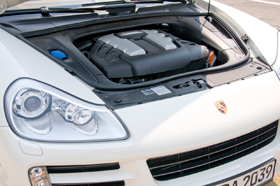
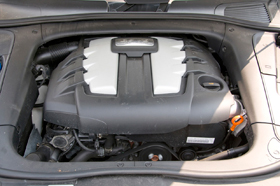
Displacing 3.0-liters, the Cayenne's V6 utilizes a cast iron block and aluminum cylinder heads. The four-valve engine utilizes the latest in precision fuel transfer with common-rail fuel delivery and direct piezo-injection (at pressures approaching 29,000 psi). Forcing air into the engine is a single variable-vane turbocharger, mated to twin intercoolers. With a compression ratio of 16.8:1, and a 4,800 RPM redline, the engine is rated at 240 horsepower at 4,000 RPM. But we all know that's not what diesels are about. Driveshaft wrenching, pavement annihilating torque is where it's at, and on that front, the six-cylinder delivers. A maximum of 405 pound-feet is available from 2,000-2,250 rpm, with grunt being sent through an electronically-controlled six-speed automatic transmission before making its way to a permanent all-wheel drive system with a standard rear-biased torque split of 38:62 (front-to-rear).
The other mechanicals hidden beneath the sheet metal are typical Cayenne fare, including an independent sport-tuned front and rear suspension, generous six-piston monobloc front and four-piston monobloc rear brakes, and five different available wheel/tire combos (our test vehicle was wearing 19-inch wheels wrapped in 275/45R19 rubber). Ready to roll, the whole package tips the scales at a not-so-dainty 4,939 pounds.
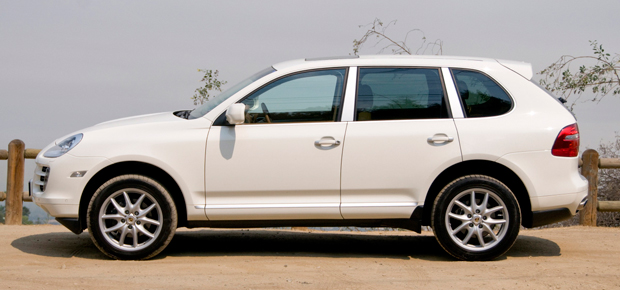
While it is hardly a featherweight, Porsche says the 3.0-liter diesel is strong enough to accelerate the Cayenne to 62 mph in just 8.3 seconds with a top speed of 133 mph. Those numbers are off by a hair when compared to its 3.6-liter gasoline-fed sibling, but again, this isn't the true picture. While the most frugal gasoline-powered Cayenne V6 earns an U.S. EPA combined fuel economy rating of 16 MPG, the diesel Cayenne earned an overall 25 MPG rating (U.S. gallons) in the NEDC (New European Driving Cycle) testing.
Porsche brought a few Euro-spec Cayenne Diesel models to the States for journalist testing, and after a brief technical introduction, we were handed the keys and encouraged to run them through their paces in the urban confines of Los Angeles. Although our time with the SUV was limited to less than an hour, we were able to drive the Cayenne through a mix of stop-and-go traffic on city streets and highways, and several miles along LA's famed twisty Mulholland Drive.
With a twist of the left-handed key, the 3.0-liter powerplant springs to life without hesitation and quickly settles down to an impressively well-muted idle. In addition to the unique exhaust tuning, Porsche engineers added a layer of laminated sound-deadening glass to the windscreen, and a unique fleece material to the standard chassis' insulation package. The attention to detail paid off; the automaker has done an excellent job masking the characteristic, and unique, diesel engine note from within the cabin (the engine note within BMW's diesel X5 is much more pronounced). A tuned set of ears in any of the seats won't be fooled, but most won't notice the rather unconventional Porsche powerplant under the hood.
Throttle to the carpet, the Cayenne Diesel pulls resolutely from the line with little perceptible turbo lag (again, quite the opposite of the X5 diesel, which tends to pause at throttle tip-in). Thanks to its abundant torque and a well-mated six-speed Tiptronic transmission, the SUV increases velocity comfortably up to highway speeds, with our butt-dyno registering a run to 60 mph in just under 8 seconds.
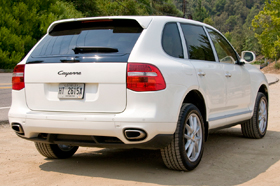
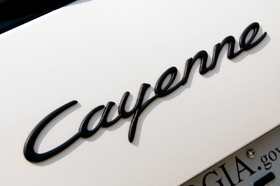
Despite carrying 150 pounds more mass than its six-cylinder gasoline model, the low-revving diesel never seems to break a sweat. That observation is supported by the Cayenne's towing rating for this segment: an impressive 7,700 pounds. The tach seldom climbs much over 2,500 RPM, but it doesn't need to -- at that speed your right in the thick of the torque band. To someone accustomed to driving the gasoline-powered Cayenne, where the engine eagerly climbs around the tach when the pedal is prodded (especially with the V6), the Diesel delivers a shove in the back immediately -- sometimes much earlier than the driver expects it.
All this talk about power usually equates to fuel burn rates rivaling a Lockheed SR-71. Bite your tongue; the Cayenne Diesel sips fuel like a Cessna 172. In real-world driving, the five-passenger SUV is about 25 percent more efficient than any other Cayenne model. Expect about 400 miles per tank in an average urban cycle, or load up with snacks on your next road trip as it will deliver a cruising range in excess of 500 miles. While it's arguably one of the slowest vehicles in Porsche's lineup, this five-passenger clean-burning SUV could also be the most fuel efficient - depending on who's behind the wheel (the Boxster and Cayman models each earn EPA fuel economy ratings of 20/29, but we'd hope their owners aren't hypermilers).
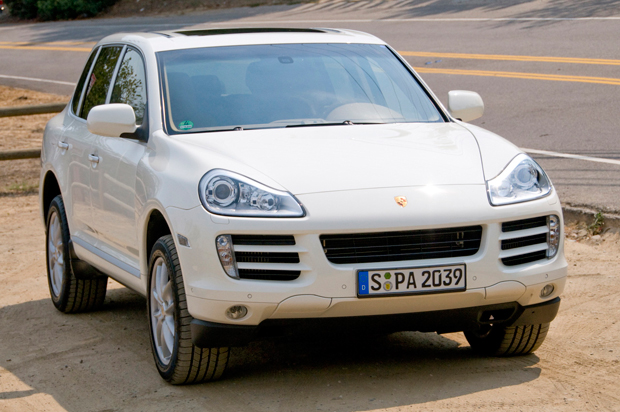
Although we enjoyed the Cayenne Diesel, don't visit your local Porsche dealer with expectations to test drive one yet. While this exact model has been on sale in Europe, Asia, Australia, and South Africa since earlier this year, none have been available anywhere in the North America. But that's about to change. With experts predicting eco-friendly diesel sales booming from 32,000 units in 2009 to about 250,000 in 2014, all automakers - including Porsche - will feel the need to join the movement and roll clean-diesels out on a global scale.
Forty-five minutes is hardly an extended test drive, but it was long enough to whet our appetite for this torque-laden, clean-burning, and impressively fuel-efficient SUV. Stand-alone, the diesel engine is a 3.0-liter turbocharged jewel. Dropped under the hood of one the best-handing performance-oriented SUVs available today, the Cayenne Diesel is a no-brainer for the North American market. Porsche just needs a little encouragement.
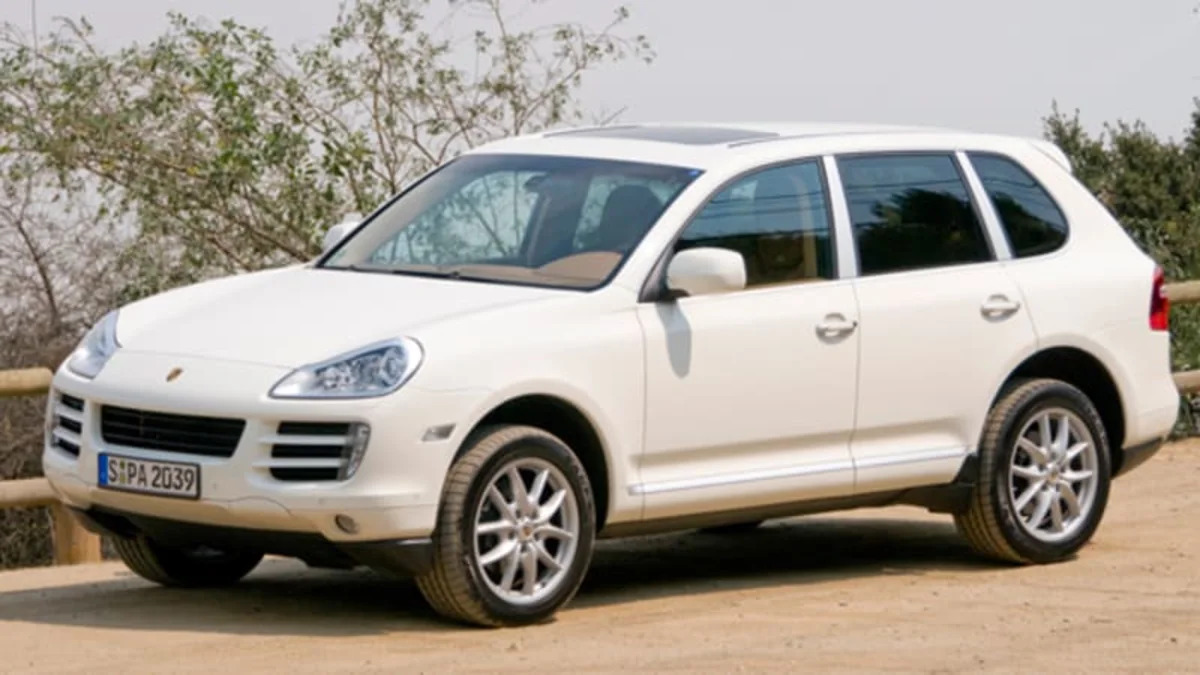
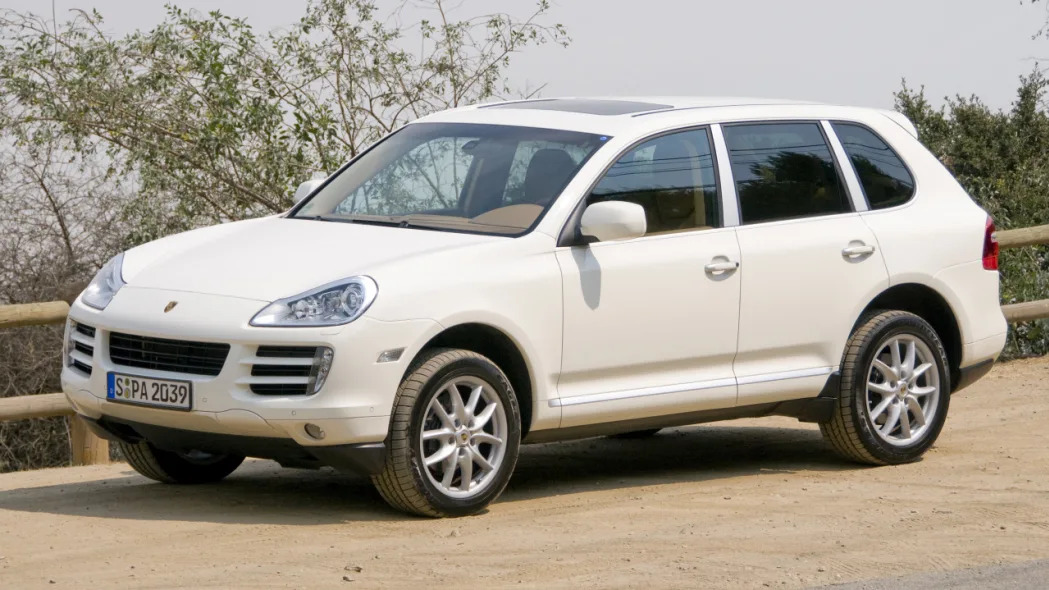

Sign in to post
Please sign in to leave a comment.
Continue